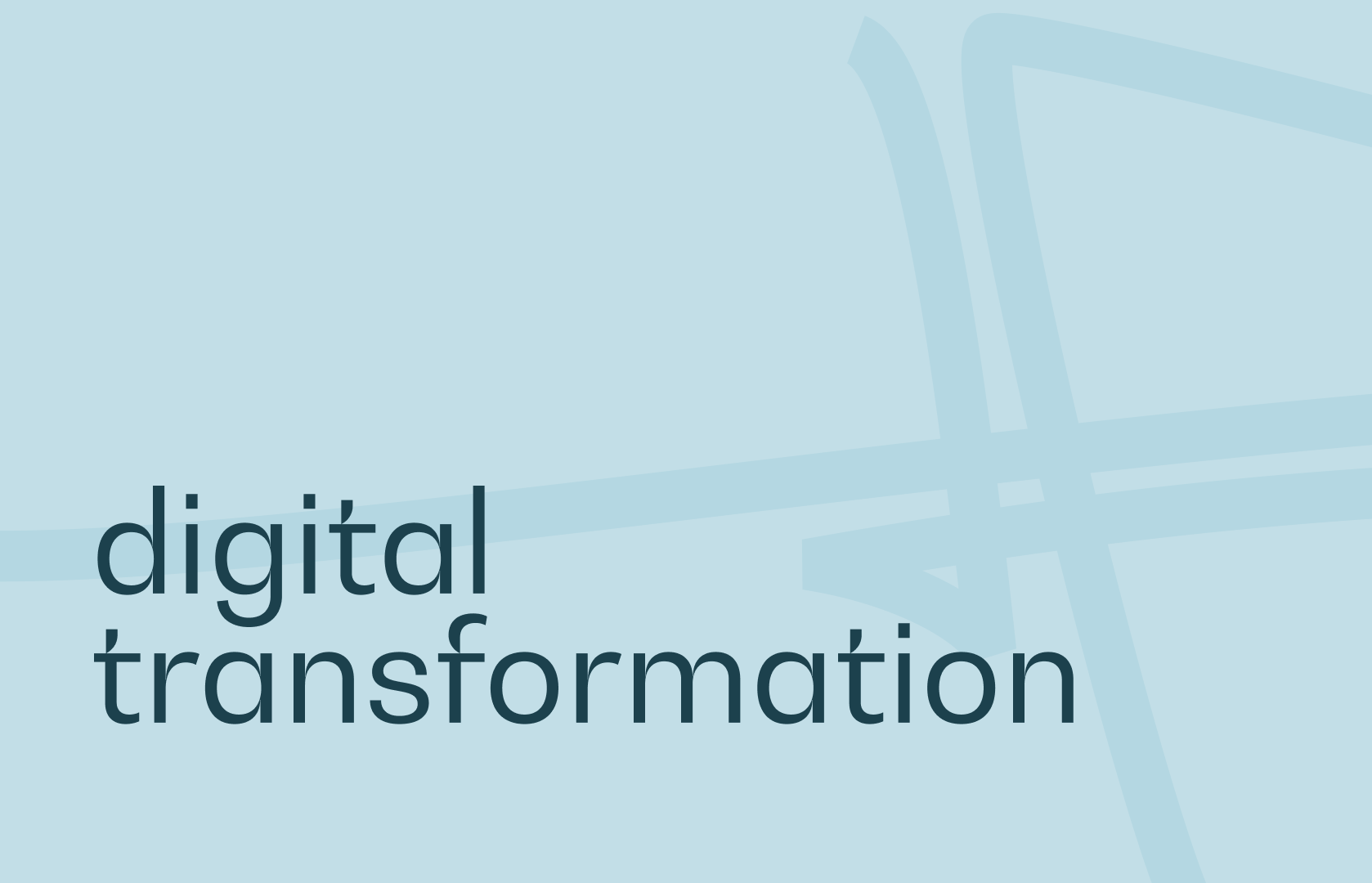Immersive learning, an alternative learning method, is gaining ground over conventional learning methods.
Indeed, the development of an appropriate space, in which learners acquire notions based on practical experience, greatly facilitates learning and the assimilation of concepts.
This has been reinforced by the development of digital technology and its encroachment into many sectors, including education.
What is immersive learning?
Also known as immersive learning, immersive learning is a technological revolution in education.
Its concept consists in creating a virtual environment and content in which learners experience realistic situations.
It’s a highly effective method that helps learners develop their skills and knowledge through practical experience.
- Immersive learning takes place either in a virtual environment, or in a real space enhanced by virtual elements.
- The special feature of this innovative type of learning is that the learner is much more involved than in the usual method.
- They have a direct influence on the results of the experiment, and can identify their own areas for improvement without the teacher’s intervention.
Immersive learning is based on different types of technology, each with a specific aspect. Each type corresponds to a specific context that needs to be understood.
Virtual reality, the basis of immersive learning
Learners access virtual reality content using VR headsets such as the HTC Vive. Virtual reality involves completely immersing students in a parallel, totally digital reality.
They can navigate this environment using joysticks and headphones connected to the headsets.
Augmented reality
In contrast to virtual reality, augmented reality combines the real world with digital content. In augmented reality, digital elements take on different formats.
They can be found in 2D, which is very practical for educational communications. They also exist in 3D format, which is admittedly a little more complex.
The advantage is that this content is highly accessible to learners. Indeed, they can access it via a smartphone or tablet.
In this augmented reality, specific objects or geographical locations are programmed to trigger the content.
Mixed reality
This is a combination of virtual and augmented reality. It mixes the real world with digital content, which interferes with elements of the real environment.
What differentiates this from augmented reality is that real-world objects can obscure digital elements.
The 360-degree movie
360-degree filming is an excellent way to initiate virtual field trips.
Its technique enables learners to be transported into the field while remaining present. Above all, it allows them to be aware of the reality of the learning environment in which they find themselves.
They are not far removed from the filmmaker’s position. Students have their own VR headset, which connects them to the 360-degree video.
They can turn away and see the real world around them. However, he can’t move on his own.
Compared with conventional learning methods, immersive learning is an innovative approach. It offers many more advantages.
The advantages of immersive learning over traditional learning methods
Enhanced learning and performance
Immersive learning helps to acquire or develop new skills, assimilate concepts and improve behavior.
This is due to the analysis of some American researchers from North Carolina.
Robert Eichinger, Michael Lombardo and Morgan McCall developed the 70-20-10 model. It states that :
- 70% of people’s learning comes from work-related experiences;
- 20% comes from their relationships with other people ;
- while only 10% comes from formal education.
This validates the effectiveness of virtual reality in offering students a space for acquiring practical notions based on experimentation.
They can make mistakes and repeat maneuvers until they have mastered a given concept.
This corresponds to :
- Highly qualified technical training
- Process-oriented skills
- Sales training and soft skills
- Team cooperation
Experience, the power of immersive learning
In some sectors, such as healthcare, aviation, oil and gas, practical experience is essential to the learning process.
But it’s not easy to ensure that learning takes place in real-life situations, given the high risks involved.
Virtual reality is the answer to this problem. Immersive learning makes it possible to reproduce hostile environments and even potentially dangerous scenarios.
This enables students to get a first-hand feel for the practical realities of a sometimes complex terrain.
Learners can then intervene in near-real-life situations on potentially fatal cases, without any risk whatsoever.
The immersive learning process is faster
In business, time is precious. And immersive learning integrates this parameter perfectly into these processes.
In contrast to conventional methods, a learning process using virtual reality considerably reduces training time.
At the same time, it strengthens participants’ practical skills and enables them to intervene directly in real-life situations.
Immersive learning reduces long-term costs
In the long term, immersive learning is far more economical than the conventional method. Of course, the initial investment is high.
But once the module has been developed, the cost of deployment is low.
It also eliminates the need for repeated training sessions, which are often costly.
The impact at this level also relates to trainee travel and accommodation costs.
Immersive learning for distance learning
With virtual reality training, learners can participate in modules from anywhere in the world.
Whereas the traditional method requires mobility arrangements for practical experience.
Every employee in a company can take part in the training at the same time as colleagues elsewhere.
This option is highly practical and beneficial for companies based at different sites or in different countries. Reducing travel also has an impact on the environment.
Learners are focused and involved
Virtual reality attracts learners’ interest. In fact, this entertaining process crystallizes their attention and arouses their interest in the modules being taught.
The desire to live a unique and enriching experience fuels their involvement in the training process.
All in all, immersive technology offers education an experiential alternative that facilitates the assimilation of concepts. It therefore remains a highly credible option for the future of education.




